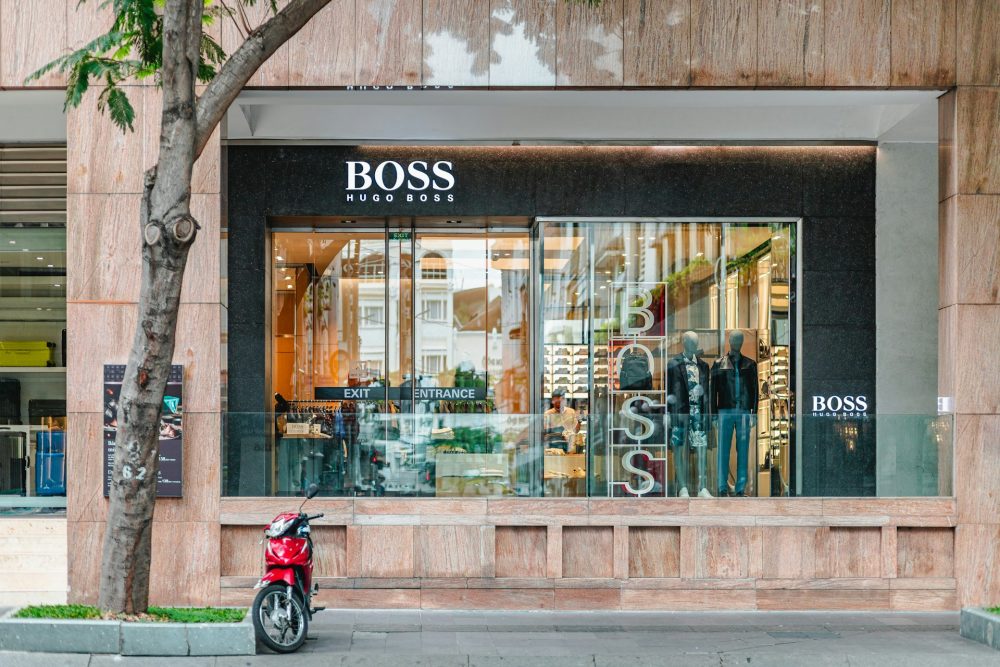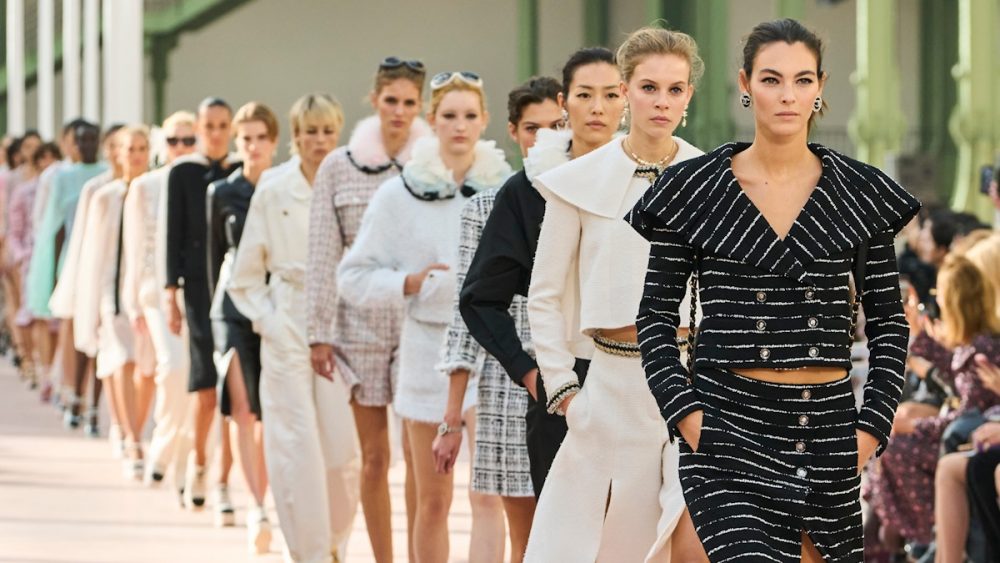From the first store in A Coruña, Spain, in 1975 to thousands of shops worldwide, Zara became the rebel with a clear vision: fast, fresh, fearless fashion. No ads. No hype. Just style that speaks for itself. And 50 years later, the world is still listening.
However, this is not just a story about clothes. It is about a machine built on instinct, data, and a tight supply chain that moves faster than a TikTok trend. Zara taught the world to expect more, and get it now.
Zara Broke the Calendar and Everyone Followed
Fashion used to follow seasons. Designers dropped two big collections a year, and stores took months to stock them. Zara didn’t wait. They threw that calendar in the trash and started making new pieces every week. Trends popped up, Zara dropped them. Fast. Clean. Relentless.

Franchising / Because Zara produces close to home (Spain, Portugal, Turkey, Morocco,) they can go from sketch to store in weeks, not months.
This is why their clothes always feel fresh. And why rivals are still trying to catch up.
The Fashion Brand Creates the Hype
Zara doesn’t advertise. You won’t see big billboards or flashy celebrity campaigns. They let the clothes do the talking. And when the clothes change every week, shoppers come back again and again just to see what is new.
That is the secret sauce. Scarcity, curiosity, and a little bit of FOMO.
It also helps that Zara listens. Their stores send daily reports back to HQ in Spain. The product team watches what is selling right now and what customers are asking for. Then the designers tweak, shift, and remix in real time.
Designers at Zara Move Like a Band
Zara has around 350 designers from 40 different countries. They don’t sit in silos. They jam together like a creative band: Mixing ideas, testing cuts, and playing with fabrics. Inside the pattern room, designs come alive as paper mockups, pinned to mannequins, then stitched up by in-house seamstresses for immediate fittings.
One of those veterans, Mar Marcote, has been inspecting garments for 42 years, still using a magnifying glass to check every detail. This obsession with quality, even in fast fashion, is what keeps Zara one step above the rest.
The Supply Chain Has to Dance
The real magic behind Zara is logistics. Every piece of clothing - whether made in Turkey or Morocco - ends up at its Spanish or Dutch distribution center. From there, it is shipped to stores in 97 countries. That flow never stops.

TOI / Unlike rivals like Shein or Temu, who ship directly from factories in China, Zara centralizes control. They get better feedback, better tracking, and better consistency
It is simply precise. That is how they avoid overstock and massive markdowns.
Zara Doesn’t Panic When Things Change!
In a world hit with trade wars, tariffs, and cheap online players, Zara keeps moving forward. Inditex CEO Oscar Garcia Maceiras clarified that U.S. tariffs won’t stop Zara’s expansion. America is now their second-biggest market, and they are just getting started.
The brand has weathered storms before. Its business model is flexible by design. Basic staples like T-shirts and jeans are made in places like Vietnam or Bangladesh, where cost matters. Trendy drops are made closer to HQ, where speed wins. That balance is what keeps Zara profitable and stylish.
This summer, Zara is going full cowboy, full rock, and full romance. Designer Mehdi Sousanne says it is going to be a “sexy summer.” And judging by the lace, leather, and fringe in the latest collections, he is not wrong.






